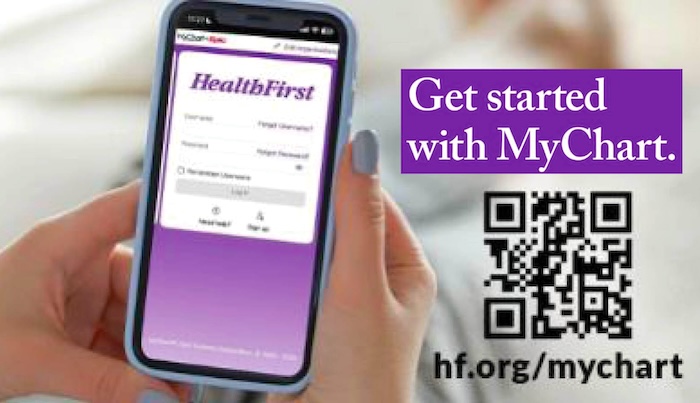The Most Common Mistakes People Make With Track and Trace Serialization
By Space Coast Daily // September 7, 2021

Using a track and trace system allows supply chains to keep track of the location of goods as they are transported from production to the end-user. In the pharmaceutical sector, serialization involves giving each pack of goods a unique identification as it reaches its end user.
With the right technology in place, track and trace serialization can be a significant improvement over electronic track and trace. Instead of pharma companies using pack data to monitor the location of their goods, serialization offers a more secure and accurate method, which also makes it easier to comply with regulations.
However, there are a number of mistakes that people can make with track and trace serialization. It’s important to be aware of these mistakes so that you can avoid them. A provider of solutions for serialization tracking like Authena can help you to get the process right, whilst protecting your drugs from counterfeiting and diversion.
Confusing Serialization and Electronic Track and Trace
It’s important not to confuse electronic track and trace and serialization. Serialization involves each sealed entity in goods being delivered receiving a unique serial number. Electronic track and trace relies on pharmacy companies using pack data to monitor the location of shipments.
Both track and trace and serialization need to be combined to get the full benefit of serialization. Using aggregation in addition to serialization is important too, ensuring you also have higher-level codes attributed to boxes and pallets to rely on.
Moving Too Quickly
When you want to make an improvement to anything relating to your business, you may naturally want to do it as quickly as possible. But rushing into making a big change could spell disaster. It’s important to take your time with implementing track and trace serialization if you want it to be done properly.
Moving too quickly could result in holes in your system and big problems further down the line. Ensuring you have all of the right people working on the project and you know all of the requirements is important.

Not Getting Specialist Help
It’s most likely that you’re going to need help from a serialization vendor to implement track and trace serialization. They’re the experts, and they know how to put a system in place to improve your supply chain tracking.
While it’s unlikely that you will try to do everything on your own, many people will leave it too late to start looking for a vendor and getting them involved. A serialization vendor can offer you advice even in the early stages.
Being Unrealistic About Timeframes
Moving too quickly with a new track and trace serialization program might not even be possible with the time it can take to put into place. Some vendors might promise they can get everything finished in less than one month, but it’s likely to take longer to put everything into place. Be sure that you’re realistic about timelines and how long it will take to complete the project.
Track and trace serialization is essential for pharmaceutical businesses to improve their supply chain monitoring and to ensure patients receive the right, authentic medicines. It’s crucial to take the right steps to implement it.











